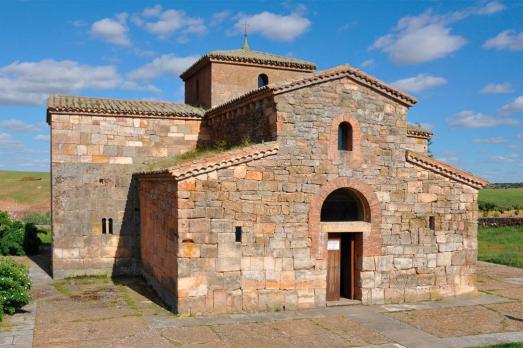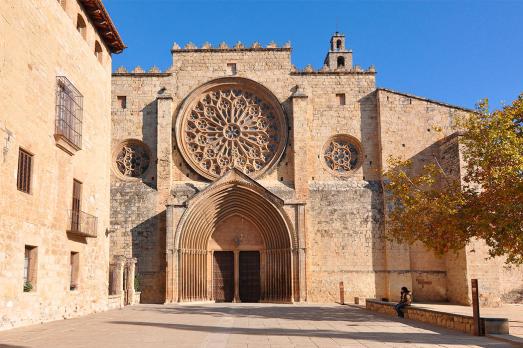
Monastery of San Juan de Valfermoso
Valfermoso de las Monjas, ES
The initiative for the foundation of this Benedictine monastery came from Juan Pascasio and his wife, Flamba, in the 12th century. The life of the monastery continued through the different periods and according to the social events of the territory. The 19th and 20th centuries were of particular importance due to the afflictions that affected all monastic houses, the Liberal Triennium, the confiscation of church property and, more recently, the Civil War, which left the monastery in a state of ruin














